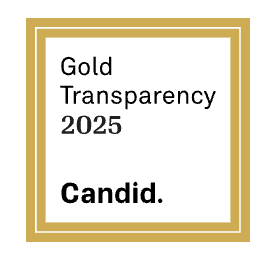Marin County launched a Coastal Communities Working Group (CCWG) in early 2020 composed of EAC, Surfrider, the Alliance of West Marin Villages, and additional village association representatives with the goals of providing local, community input on hazard and climate adaptation planning initiatives and projects in West Marin, for the members to be liaisons between the County and their respective communities, and for members to gain expertise and integrate knowledge from each project to inform its review of future planning processes. This builds on the County’s C-SMART (Collaboration: Sea-level Marin Adaptation Response Team) process that identified vulnerabilities and potential solutions to the County’s coastal climate challenges.
Three County projects are currently the focus of the CCWG: 1) Stinson Beach Nature-Based Adaptation Feasibility Study, 2) Tomales Bay Living Shoreline Feasibility Study, and 3) Local Coastal Program (LCP) environmental hazards policy amendments.


